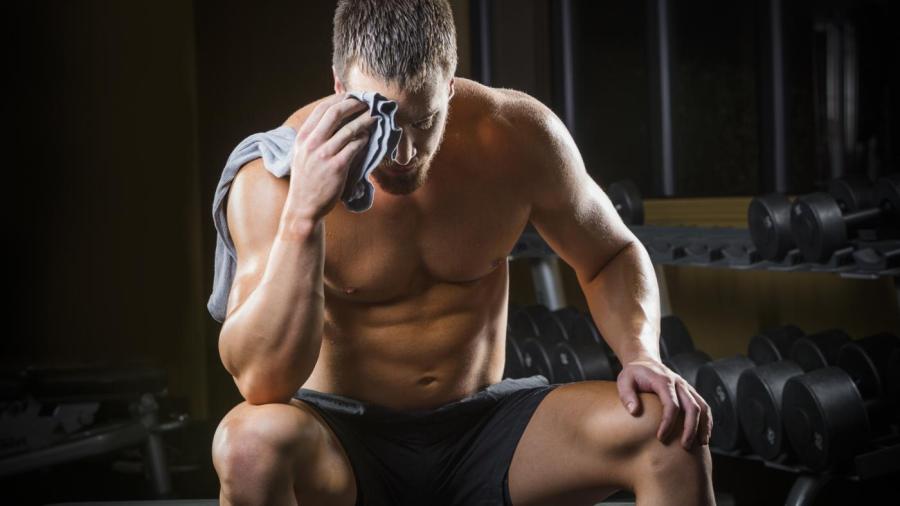What Are Symptoms of Chest Muscle Strain?

Common symptoms of chest muscle strain include mild to intense pain in the upper torso, difficulty swinging the arm across the chest, bruising, muscular spasm, inflammation and weakness when lifting something heavy. People with a minor chest muscle strain may manifest little or no symptoms, states Athletic Edge.
The chest muscles, also known as the pectoral muscles, are responsible for shoulder and arm movement. These muscles may become partially or fully strained from overuse or when tremendous pressure is exerted on them. Depending on the severity of the condition, patients with chest muscle strain may experience varying levels of physical discomfort and different recovery periods.
Chest muscle strain can be classified into three grades. A Grade 1 strain is characterized by minimal muscular weakness, which is due to a small number of torn muscles and tendons, notes EXOS. Patients may only feel a minor throbbing or tightness around the affected area.
People with a Grade 2 strain manifest a more pronounced loss of strength due to more torn muscles. This typically requires a longer recovery time. A Grade 3 strain is a rare condition but has the most serious ramifications. Severe and persistent pectoral strain often involves debilitating pain, muscle wasting, drastic loss of strength and deformed chest muscles. Patients may suffer from a major loss of chest muscle function, which can be difficult to recover.





